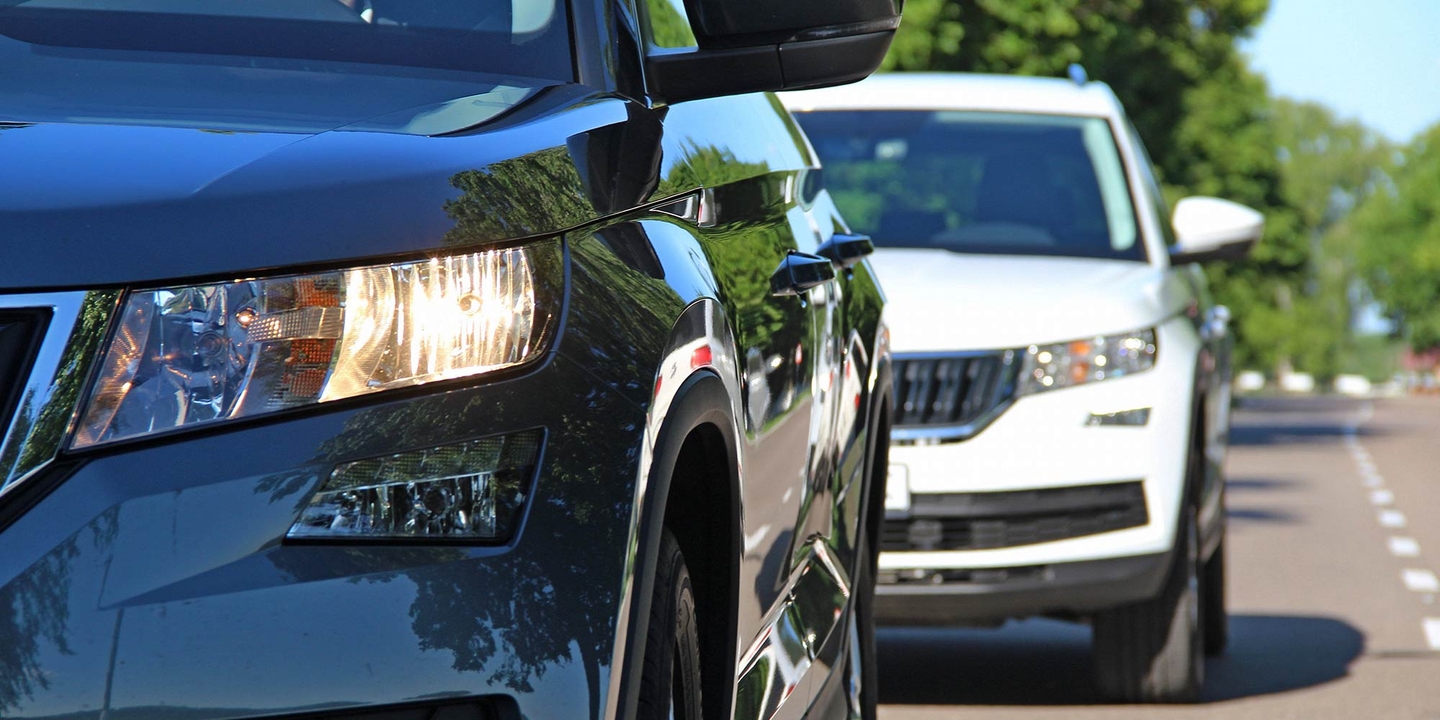What is tailgating?
3 min read
Tailgating when driving occurs when you’re too close to the car in front of you. It’s a dangerous driving habit that increases your risk of being involved in an accident. Maintaining a safe driving distance gives you enough time to react if the car you’re following stops suddenly. But many drivers don’t realize how much space they should leave to reduce the risk of an accident.
Why do people tailgate?
People tailgate for many reasons, but none is worth jeopardizing your safety and the safety of those around you. Here are some of the most common reasons drivers don’t maintain a safe driving distance.
They’re in a hurry and stuck in traffic
People are often rushing from one place to another. They may tailgate because they’re in a hurry and don’t want to be late. If you’re in stop-and-go traffic, prepare to adjust your speed frequently to avoid tailgating the vehicle in front of you.
They’re distracted or don’t realize they’re too close
There’s no shortage of things to distract drivers these days. If you’re too distracted to drive safely, pull over until you can give the road your full attention. Some drivers may not know they aren’t maintaining a safe distance. Use the “three-second rule” as a starting point to help you gauge whether you’re too close to the vehicle in front of you – keep reading to learn more about the “three-second rule.”
They’re impatient or frustrated
Impatient and frustrated drivers may follow too closely hoping to intimidate the car in front of them into speeding up. Learn more about how to deal with tailgaters when driving.
What are the dangers of tailgating while driving?
Rear-end collisions comprise 40% of all crashes that occur each year, according to the National Highway Traffic Safety Administration. Tailgating increases your risk of being involved in an accident. In many cases, if you rear-end someone, you will be at fault for the accident. And a single at-fault accident could raise your auto insurance rate.
What is a safe distance between cars?
The National Safety Council recommends using the three-second rule to keep enough space between you and the car you’re following. With the three-second rule, you’re always at least three seconds behind the car in front of you. You can check your distance by locating an item on or near the road, such as a street sign or telephone pole. When the car in front of you reaches that point, begin counting. If it takes you less than three seconds to reach the same spot, you’re too close.
A three-second distance is generally enough distance if you’re driving in ideal conditions, but sometimes more space is better. It’s a good idea to maintain a safe driving distance when road conditions aren’t ideal, or visibility is reduced. It’s also good to keep a safe driving distance even when the car behind you is tailgating or if you’re towing something.
How to avoid tailgating
Here are some strategies to help you avoid tailgating if you sometimes find yourself following the car in front of you too closely.
- Keep your distance: Use the three-second rule to help you maintain a safe following distance. If you need to, increase the space between you and the vehicle in front of you.
- Maintain a consistent speed: Maintaining a constant speed makes it easier to keep a safe distance. Consider using cruise control to keep your speed steady if you’re on the highway.
- Use caution: When you’re changing lanes or approaching an intersection, be extra careful to leave enough room between you and the cars around you.
- Remain patient: It’s easy to let frustrations on the road get the best of you, but that can lead to tailgating and other aggressive driving behaviors that can put you and other drivers at risk.




